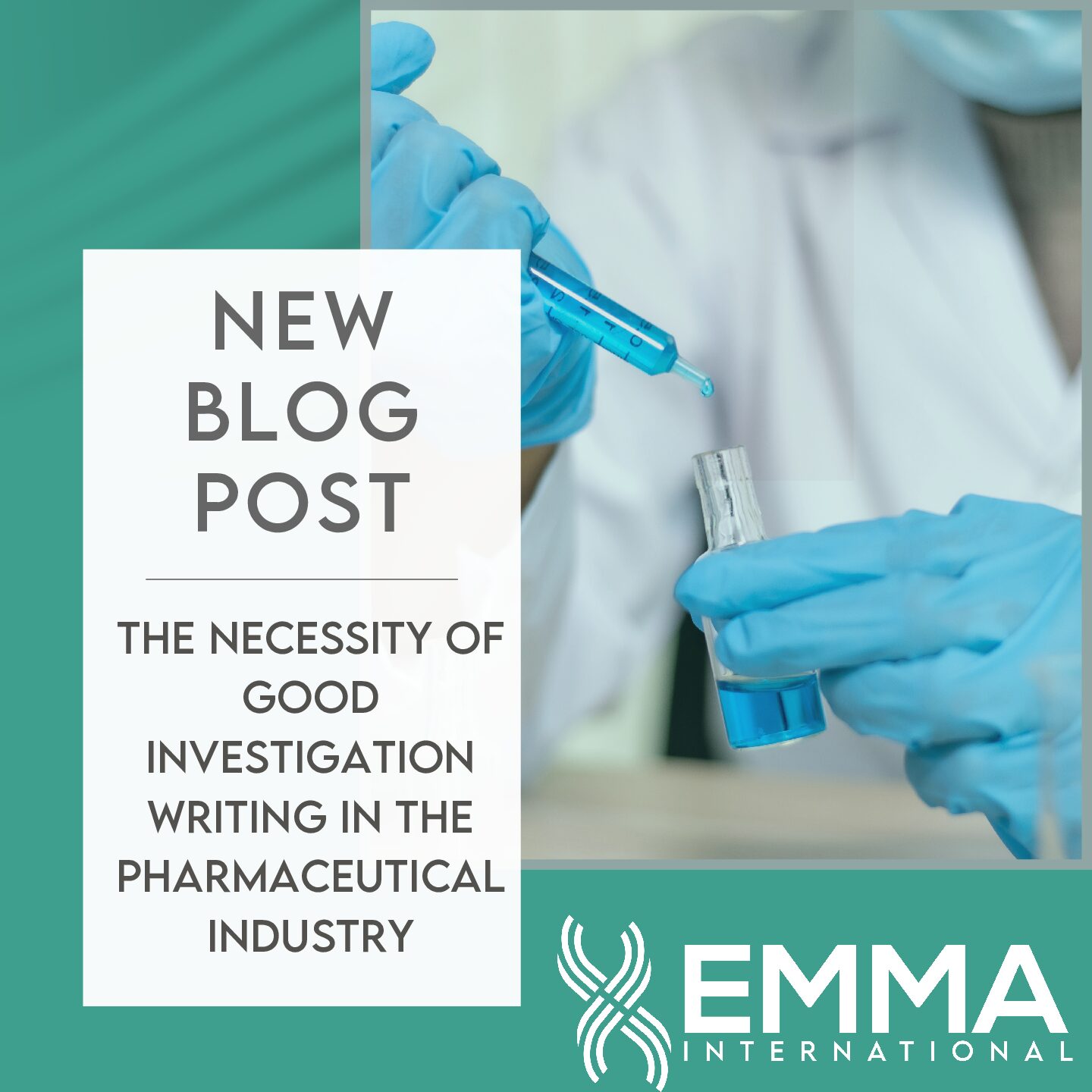Post-market surveillance is necessary for ensuring compliance as regulatory bodies have the authority to impose restrictions or even shut down a business. This usually happens if the regulatory body determines that sufficient adverse event reporting practices are not in place. Reporting adverse events depends entirely on the type of adverse event that has occurred, the severity of the event, and the country in which it occurred.
While every country and market have different rules and regulations about reporting an adverse event, in general, a report must be filed if:
- A death or severe injury or health deterioration has occurred
- A public health threat has occurred
- A sustained negative trend has developed, and there is the possibility of harm in the future.
- A recall of field safety corrective action (FSCA) has been issued.
The moment a manufacturer or distributor becomes aware of an adverse event, the countdown to reporting the event begins. Ascertaining how much time there is until the report must be filed is vital. If death or serious injury has occurred, notify and report the event to the FDA in less than ten days[i]. If the incident is less severe, the report may be filed within 15 to 30 days. This reporting time period depends on the regulatory body. It is different across countries, meaning it’s critical to know the regulations before marketing a product and have a plan outlining the specific requirements.
Clinical trials conducted in the United States must also follow adverse event reporting regulations. The guidance remains similar through both an investigational new drug (IND) study and an IRB-approved study. The sponsor must be notified of any adverse, alarming event and must be reported immediately. Subsequently, any adverse events associated with the study that are serious and unexpected must be reported to the FDA. However, any unanticipated problems should be communicated to the IRB and the investigators.
The initial reporting of these adverse events can be amended with additional information later. In other words, the initial reporting of the incident may be considered a preliminary filing and can be updated with further details later on. It is always better to report an incident or filing that was unnecessary than not report a mandated event due to uncertainty. Filing a report on an adverse event is not an admission of liability or that the product contributed to the event.
Having a robust quality management system (QMS) can help reduce the likelihood of missing a complaint that may be an adverse event or any incident. A QMS with the appropriate procedures will also help track incident trends to identify adverse trends before they become an issue. EMMA International has helped numerous clients through the adverse event reporting process and implemented measures to mitigate a repeat occurrence, including designing and implementing a QMS. The experts at EMMA International can help create and implement a plan to identify adverse events quickly and report them to the regulatory body in the necessary time frame. For more information, contact EMMA International by phone at 248-987-4497 or by email at info@emmainternational.com.
[i] Center for Devices and Radiological Health. “Mandatory Reporting Requirements.” U.S. Food and Drug Administration, FDA, https://www.fda.gov/medical-devices/postmarket-requirements-devices/mandatory-reporting-requirements-manufacturers-importers-and-device-user-facilities.






